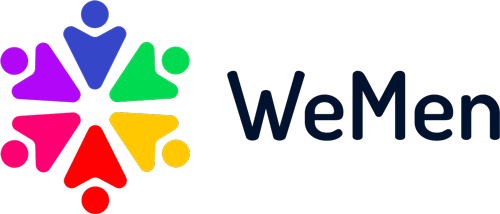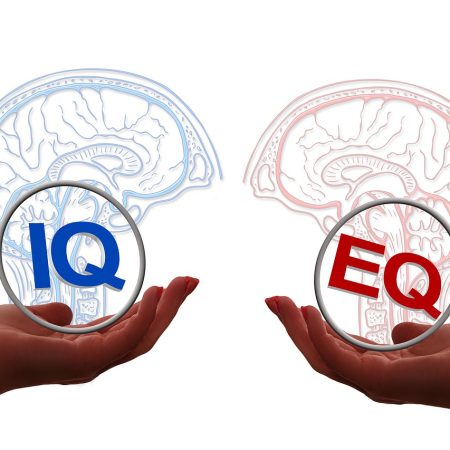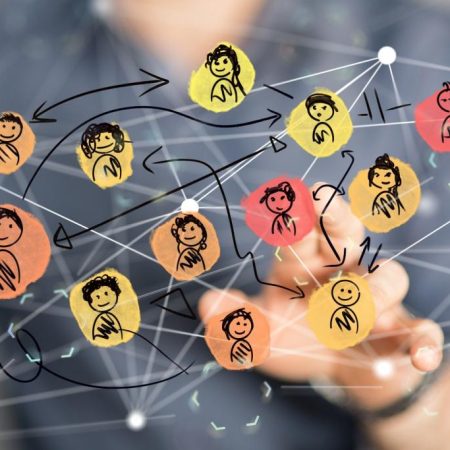GENERAL INFORMATION
Section 1.Restructuring the gender perspective
Main ideas
The main ideas to be taken into account in the section “Restructuring the gender perspective” are the following:
- Gender equality is still not a reality in the fields of law, economics, politics, employment, and education. The gender pay gap, and the limited participation of women in political and decision-making processes are examples of gender inequalities that exist across Europe. Gender equality within these fields would bring many benefits to individuals and to society.
- Gender stereotyping and prejudices are preconceived ideas of female and male characteristics and roles, determined and limited by gender and deeply embedded in everyday life, in employment, family and relationships, health, education and self-identity. They impact negatively on the daily lives of girls, boys, women, and men, limiting their natural talents, abilities, and professional and life opportunities. To achieve gender equality, it is essential to identify, analyse and deconstruct gender stereotypes and prejudices.
- Everyday male chauvinism (Micromachismos) refers to subtle, often unperceived behaviours that work to control women by maintaining male dominance and ‘superiority’. They are based on gender stereotypes and reflect and strengthen the inequality of women. Recognising and analysing Everyday Male Chauvinism can lead to a better understanding in both the women who suffer it, and the men who exercise it: women could try to resist it, and men could attempt to change their behaviour.
- ‘New masculinities’ is an emerging movement focused on the deconstruction of the traditional notions of masculinity. Hegemonic masculinity, the traditional form of masculinity, connects men with economic achievement and power and has a detrimental impact on girls, boys, women, and men. Men should be encouraged to reject traditional models of masculinity.
Aims of the section
The aims of the section “Restructuring the gender perspective” are the following:
- Improve their teaching methods in Gender Equality Training using the Transformative Learning and Teaching Approach in a personal context to help their learners:
- Recognise ways in which the gender perspective can be restructured by increasing awareness of gender equality as a need for social phenomenon in the fields of law, economics, politics, employment, and education.
- Identify, analyse, and deconstruct gender prejudices and stereotypes.
- Recognise and analyse Everyday Male Chauvinism (Micromachismos)
- Identify, challenge, and reject traditional concepts of masculinity.
Section 2. The role of men in education for gender equality
Main ideas
The main ideas to be taken into account in the section “The role of men in education for gender equality” are the following:
- Engaging men as potential trainer allies in gender equality is integral to addressing gender inequalities, strengthening human rights, and promoting women’s empowerment through education and training.
- Achieving gender equality is widely acknowledged as a societal responsibility that concerns and should fully engage men as well as women and requires partnerships between women and men.
- When we use labels, we trap ourselves and others into categories from which it is very difficult to break free. This can lead to a very superficial understanding of others, and can make communicating and meeting our needs nearly impossible.
- Nonviolent Communication (NVC) helps us connect with each other and ourselves in a way that allows our natural compassion to flourish. It guides us to change the way we express ourselves and listens to others by focusing our consciousness on four components: what we are observing, feeling and needing, and what we are requesting to enrich our lives.
Aims of the section
By the end of the course “The role of men in education for gender equality” participants will be able to:
- Explain the importance of engaging men as trainer allies in gender equality training.
- Describe and explain the characteristics of an effective male ally.
- Describe and explain the benefits of male-led gender equality training.
- Apply NVC principles for better connection in communication.
- Identify the four steps of the NVC process.
- Self-reflect and acknowledge personal attitudes and behaviours.
Course Features
- Lectures 10
- Quizzes 2
- Duration 10 weeks
- Skill level All levels
- Language English
- Students 8
- Assessments Yes




